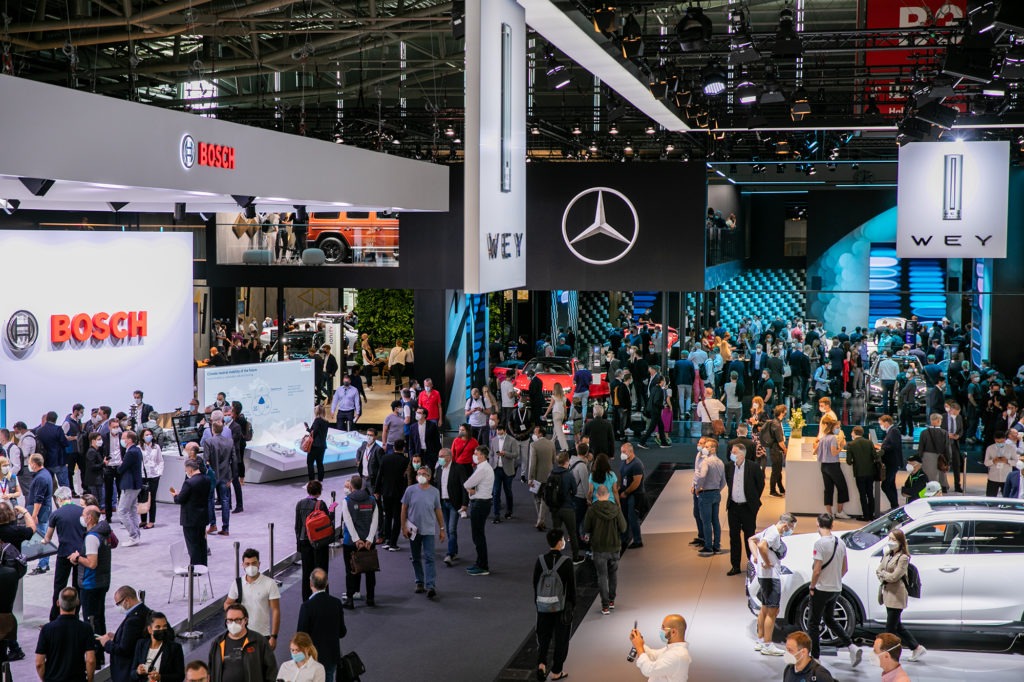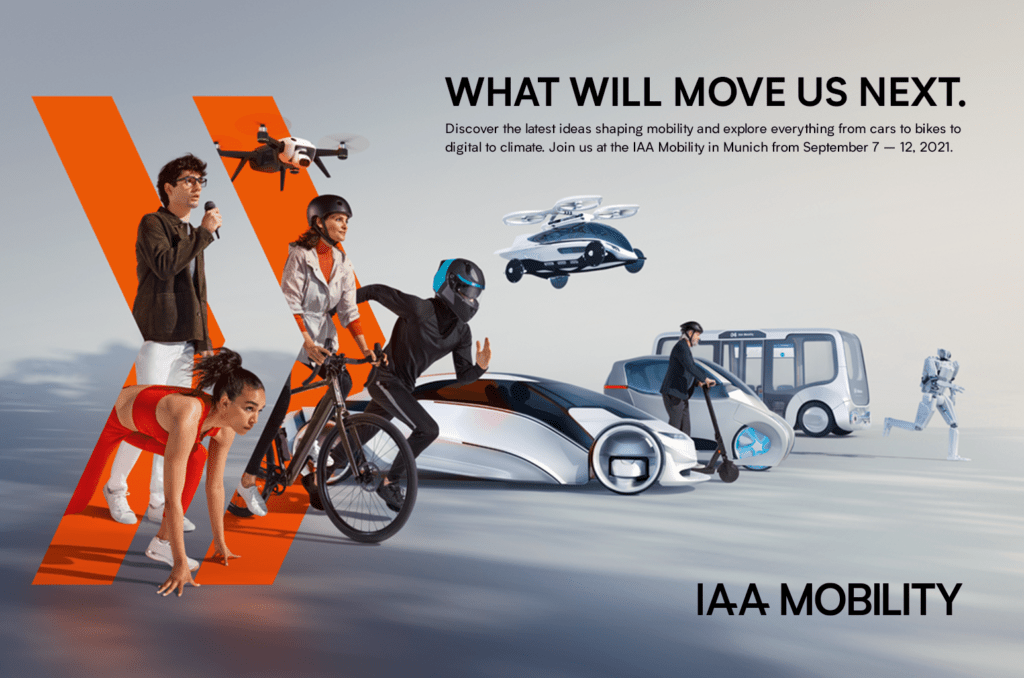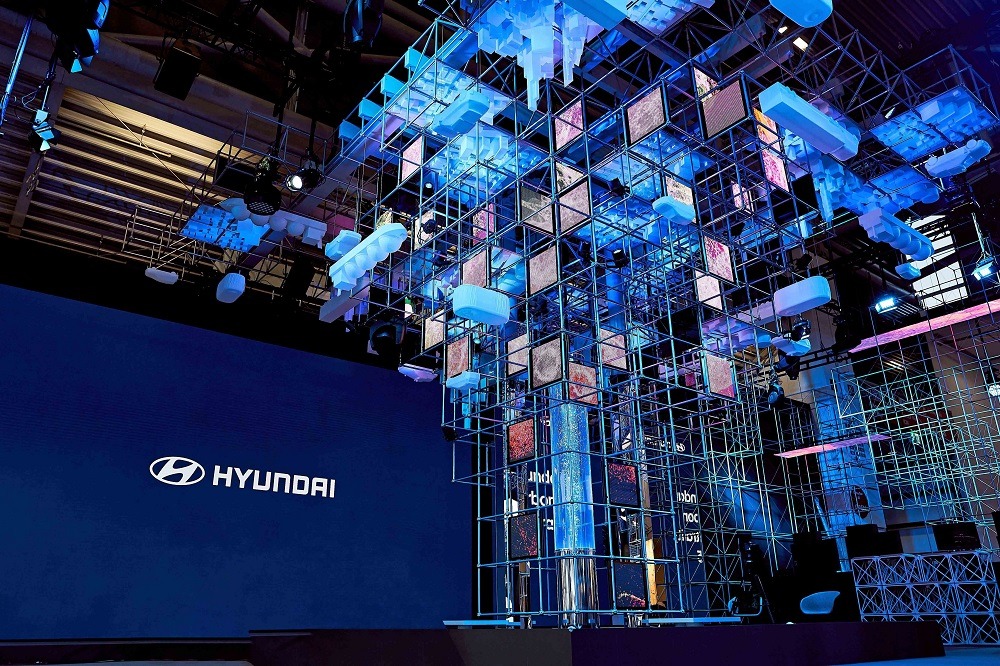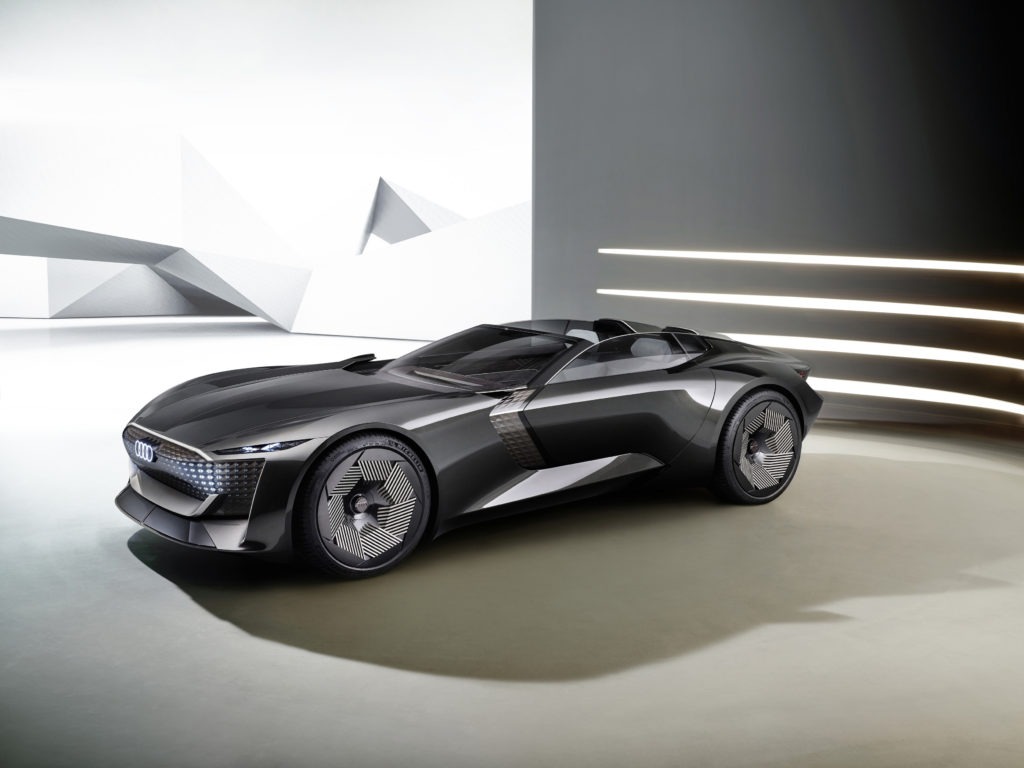IAA Mobility 2021: Electromobility, sustainability and autonomy
13 September 2021

Last week’s IAA Mobility event marked several huge milestones for the automotive industry. After COVID-19 cancelled car shows last year, it represented not only a return to form, but a reinvention of in-person motoring events. With greater emphasis on interactive exhibits and less on static showcases, attendees could literally get to grips with new models and concepts.
Beyond the event itself, several major megatrends emerged, namely: electromobility, sustainability and autonomy. From plug-in power to clean cars and self-driving technology, Autovista24 journalists Rebeka Shaid and Tom Geggus review some of the biggest innovations to appear at this year’s IAA.
Affordable BEVs
Electromobility was a clear trend that even Chancellor Angela Merkel welcomed during the IAA’s opening ceremony. Battery-electric vehicles (BEVs) undoubtedly dominated the event, overshadowing internal-combustion engines (ICE). While certain prominent manufacturers did not attend, some of the main German players unveiled new cars.
Among them was Volkswagen (VW), which presented the ID.Life, an affordable BEV with prices planned to start from €20,000. The small vehicle celebrated its world premiere and will be launched in 2025, giving spectators a glimpse of what entry-level BEVs could look like in the coming years. The manufacturer used natural and recycled materials to produce the car, with air chamber textiles for the roof and a front cover made from 100% recycled PET bottles.
‘The ID.Life is our vision of next-generation fully-electric urban mobility. The concept car provides a preview of an ID. model in the small-car segment,’ said Ralf Brandstätter, CEO of the Volkswagen brand.
From Porsche to bubble cars
Many electrically-chargeable vehicles (EVs) showcased at the IAA sit in the luxury segment. Porsche revealed its Mission R concept, a car that combines state-of-the-art technologies and sustainable materials, which will most likely appeal to drivers with a passion for racing. At the opposite end of the spectrum, IAA visitors might have stumbled across pocket-sized ‘bubble cars’, such as the Microlino 2.0. Aimed at urbanites, the mini city-vehicle comes in three versions with production scheduled to start later this year.
Daimler showed off the new EQE – a sporty executive saloon that could prove to be a rival to Tesla’s Model S. A follow-up to the EQS sedan, the EQE is expected to boost the carmaker’s sales volume. Again, sustainability was at the forefront, with Daimler emphasising that the EQE is one of the first vehicles with bodyshell components made of 100% recycled steel. BMW presented its fully-recyclable car, the i Vision Circular. The visionary vehicle is due to launch in 2040 and is made from unpainted steel, aluminium, as well as other reused materials.
Green tyre concepts
It wasn’t only carmakers that unveiled sustainable concepts, but also automotive component manufacturers such as Continental. The company presented its Conti GreenConcept that aims to minimise resource consumption. At the heart of the concept are tyres made from renewable and recycled materials, including dandelions, vegetable oils and resins.
‘The cars of the future will still need tyres, which we are making more and more sustainable, as our concept tyre shows,’ said CEO Nikolai Setzer. ‘The Conti GreenConcept demonstrates how Continental will completely convert its global tyre production to the use of sustainable materials by 2050 at the latest.’
A grand entrance
Audi used its platform at the IAA to premiere the grandsphere, the second in a trio of ‘spherical’ concepts. Like the skysphere which came before it, this car is defined by its Level 4 autonomous technology. The Volkswagen Group brand described the grandsphere as a ‘private jet for the road’.
When the ‘self-driving’ system activates the steering wheel, pedals and displays disappear giving front-seat passengers access to a lounge-like experience. Also noticeable are the projectors, which take the place of screens, as wooden surfaces display the vehicle’s infotainment system.
Self-charging?
Simulytic, a Siemens venture, was revealed for the first time at this year’s IAA. Its purpose is to accelerate autonomous-mobility deployment at scale with safety as an essential priority. The new company is already applying Siemens’ expertise to simulate complex, automated systems and the use of artificial intelligence in safety-critical applications.

Siemens is also attempting to answer the question: ‘who plugs in a self-driving car when it arrives at a charging point?’ Their response comes in the form of an autonomous EV-charging system capable of recharging a range of models from sports cars to heavy-goods vehicles. The prototype presented at the IAA sported a charging capacity of up to 300kW, which will be increased to over 1MW in the future.
Autonomous collaborations
Schaeffler’s rolling chassis and Mobileye’s autonomous technology came together as an adaptable platform, capable of supporting driverless mobility solutions. The suppliers claim it can meet the necessary safety standards with all the required redundancies to enable the scaling of autonomous transport solutions from 2023.
‘Rapid regulatory and technological change, increasing urbanisation and growing social awareness of mobility are increasing the need for alternative, novel concepts such as autonomous people or logistics movers,’ said Matthias Zink, CEO of automotive technologies at Schaeffler. ‘They play a crucial role in sustainable mobility and are a future field in our Roadmap 2025. With the partnership with Mobileye, we want to develop autonomous shuttles to series production.’
Intel also announced they have been working with Sixt to offering a driverless robotaxi service in Munich in 2022, a collaboration that will be explored in an upcoming Autovista24 article. Plus, they are not the only companies considering autonomous services. Volkswagen Commercial Vehicles went to the IAA with the fully-electric, Argo AI powered ID.Buzz AD (autonomous driving). Starting in Hamburg in 2025, this futuristic take on the VW T2 Transporter will shuttle its passengers to their destination in a ride-pooling service operated by Volkswagen Group’s mobility brand, MOIA.
From electromobility to sustainability and autonomy, these exciting new concepts provide a window into the future automotive companies are designing right now. Plus, with motor shows returning as interactive events, these futuristic themes are more accessible than ever.



